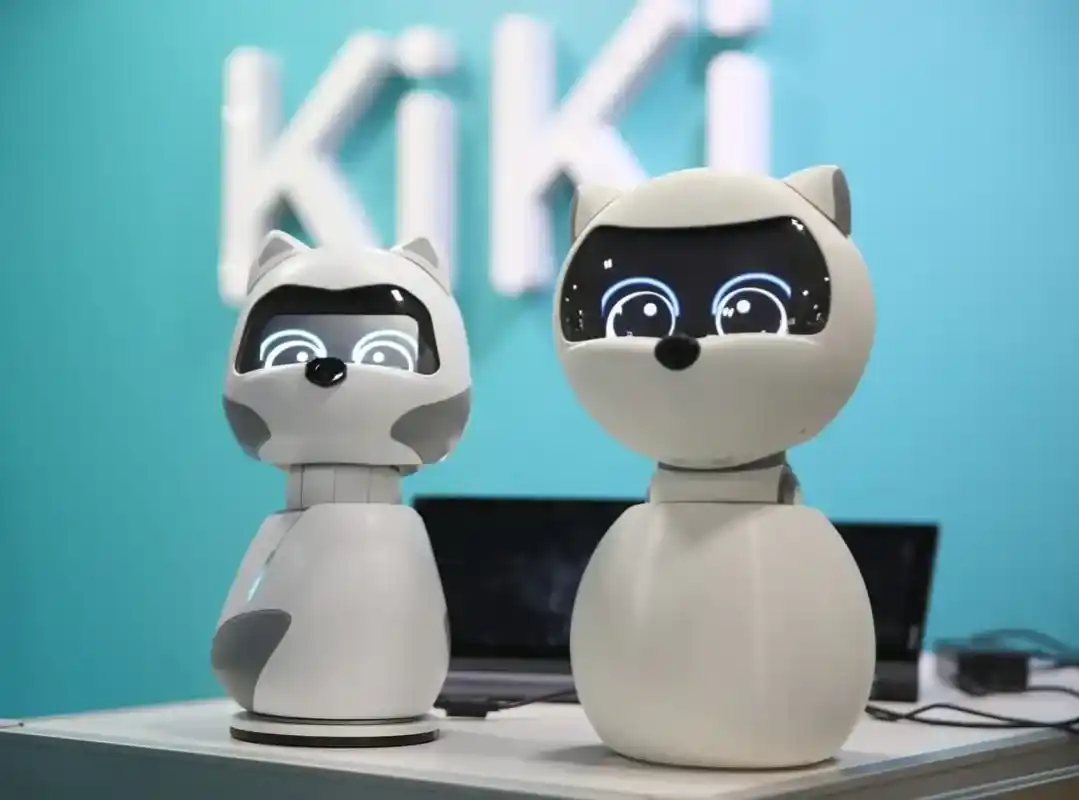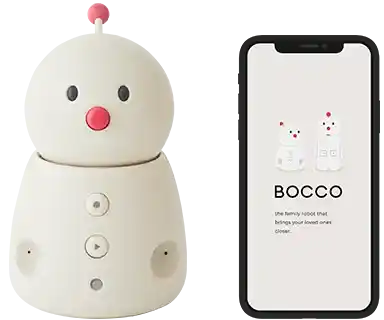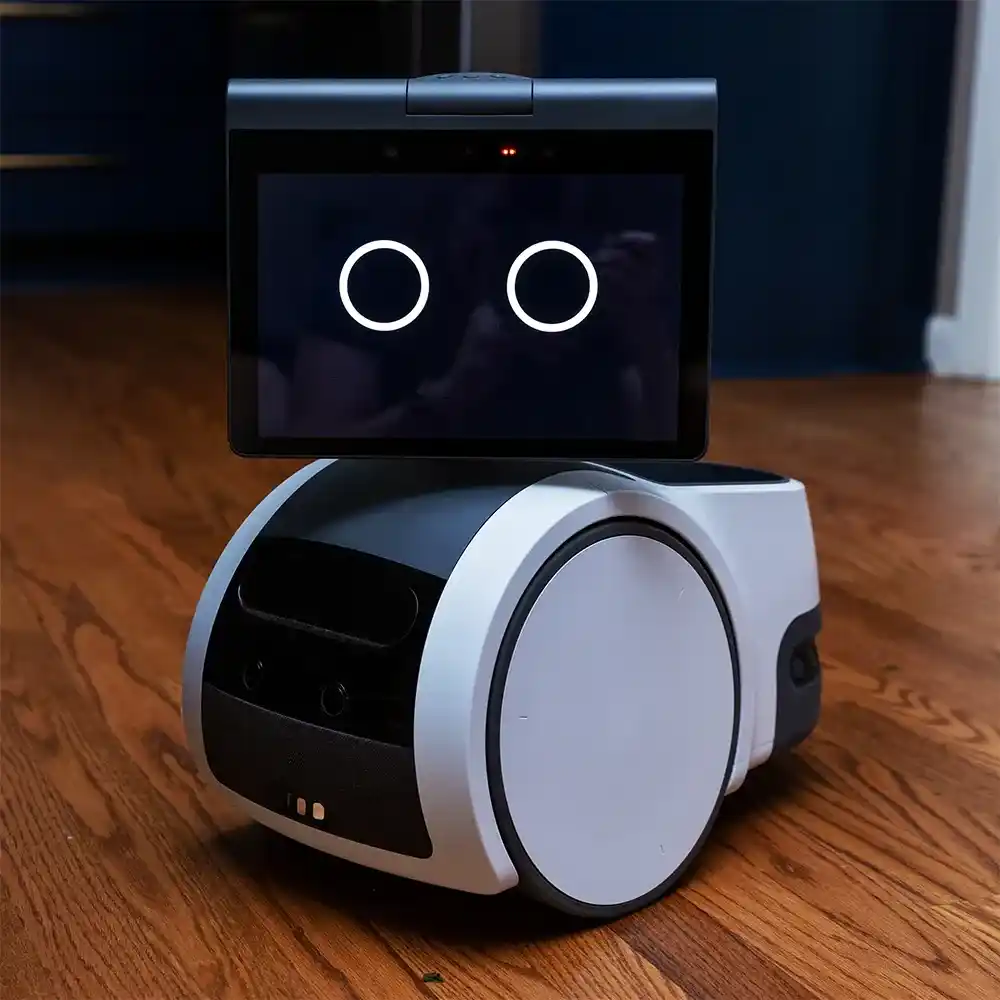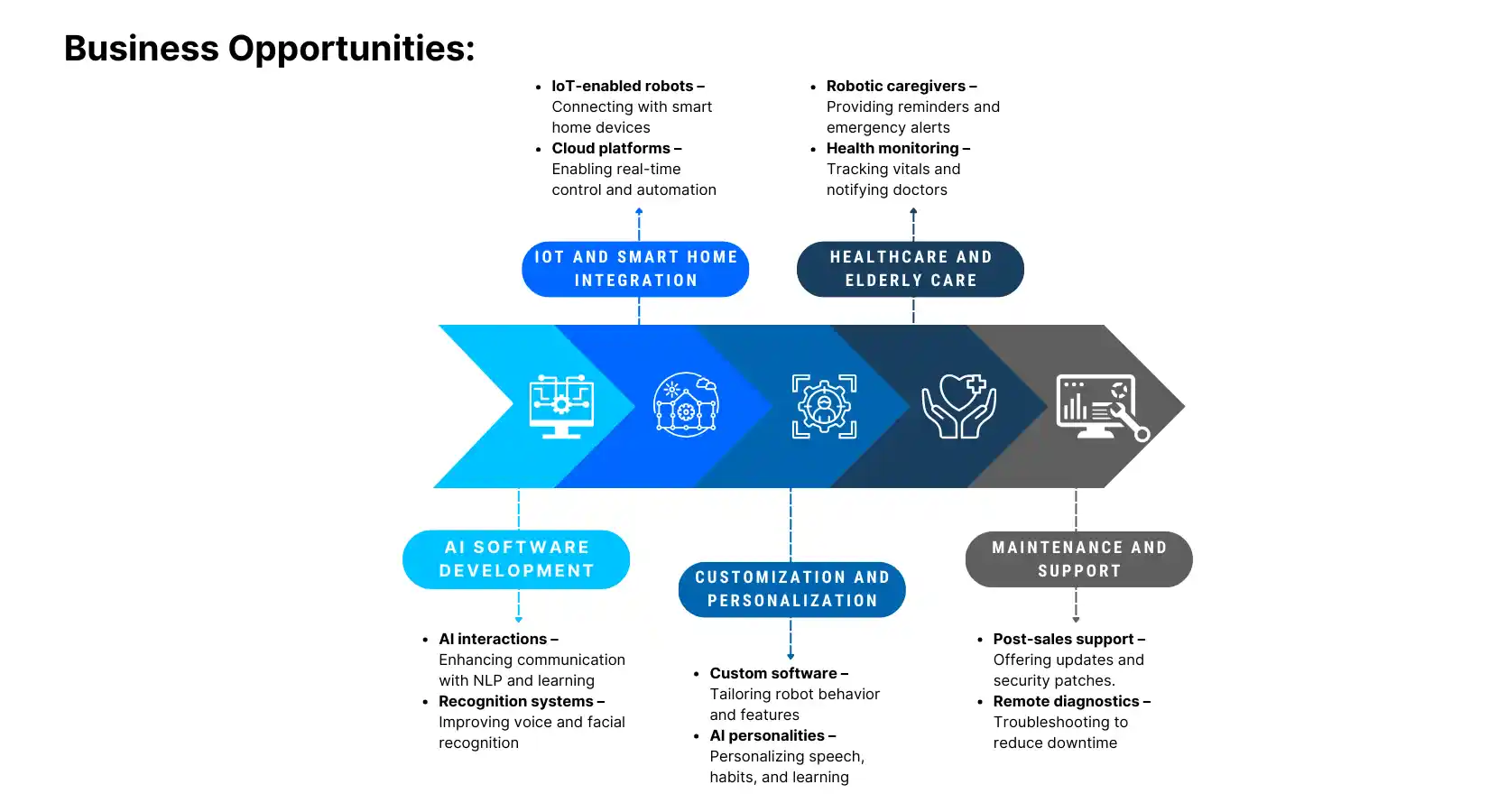Table of Contents
Have you ever thought how amazing it would be to have a personal robot that knows you well enough to sense your feelings, assists you in daily chores, and even consoles you when you’re blue? As artificial intelligence and robotics continue to advance, companion robots are now not a dream of the future but a reality changing the lives of people right now.
From the elderly to children’s development and even emotional care, these robots are transforming personal care
“The true sign of intelligence is not knowledge but imagination.” – Albert Einstein
What Are Companion Robots?
Companion robots are AI-driven devices that aim to communicate with humans, provide emotional support, help, and entertainment. Unlike industrial robots, which carry out repetitive work, companion robots emphasize social interaction, caregiving, and companionship. They can detect emotions, answer voice commands, and learn about their owner’s needs in the long term.
These robots are commonly utilized in healthcare, education, geriatric care, and personal help, making them a fundamental innovation in today’s world.
Technologies Behind Companion Robots
Several advanced technologies are used by companion robots to be able to perform optimally, some of which are:
- Artificial Intelligence (AI) – Facilitates natural language processing (NLP), decision-making, and adaptive learning.
- Machine Learning (ML) – Facilitates robots to learn from previous interactions and improve their responses accordingly.
- Computer Vision – Facilitates facial and object recognition, enhancing user interaction.
- Internet of Things (IoT) – Connects robots with smart home appliances for seamless automation.
- Voice Recognition & Speech Processing – Facilitates communication through speech understanding and generation.
- Edge Computing – Processes information locally, enhancing response time and security.
- Cloud Computing – Offers storage and remote update for added functionality.
- Robotics & Sensor Technology – Facilitates movement, touch sensitivity, and awareness of the environment.
- Augmented Reality (AR) & Virtual Reality (VR) – Employed for interactive and immersive learning experiences.
20 Best Companion Robots and Their Advantages
1. Lovot – The Emotional Support Robot
Features: Lovot is a soft, warm robot designed for emotional connection. It recognizes voices, follows users, and reacts to affection. It is also considered as the best robot companion.
Advantages:
- Mitigates stress and anxiety.
- Identifies and responds to emotions.
- Promotes social engagement.
- Offers warmth through touch sensors.
- Employs AI to learn user behavior.

2. Robear – The Caregiving Robot
Features: Robear helps lift and transfer patients, alleviating caregiver strain.
Advantages:
- Helps elderly and disabled people
- Reduces physical burden on caregivers
- Facilitates safe patient handling
- Helps with mobility and physical therapy
- Improves healthcare efficiency
3. Moxie – The AI Learning Companion
Features: Moxie is a participatory robot intended to guide children in creating emotional and social competencies.
Advantages:
- Augments emotional competency.
- Adjusts to children’s moods and learning speed.
- Facilitates interactive storytelling and play.
- Builds social communication confidence.
- Grants educational guidance.
4. ElliQ – The AI Robot Companion For Adults
Features: ElliQ is an age-friendly robot that keeps elderly users active, connected, and engaged.
Advantages:
- Decreases isolation.
- Provides everyday health and medication reminders.
- Increases mental stimulation through dialogue.
- Bridges seniors with family members.
- Entertains through music and games.
5. Aibo – Sony’s AI-Powered Robot Dog
Features: Aibo imitates a real dog in its behavior, with realistic motion, emotional responses, and ability to learn.
Advantages:
- Functions as a pet that does not require maintenance
- Learns and adapts to the owner’s habits
- Identifies voice and face
- Offers companionship for people of all ages
- Entertains with playful activities

6. Buddy – The Social Companion Robot
Features: Buddy is an AI-powered home assistant that interacts, entertains, and assists families.
Advantages:
- Provides home security alerts.
- Manages schedules and reminders.
- Engages in conversations.
- Plays games and entertains children.
- Controls smart home devices.
7. PARO – The Therapeutic Robot Seal
Features: A robot seal for therapeutic interaction, especially in hospitals and nursing homes.
Advantages:
- Offers emotional comfort.
- Lessens stress and anxiety.
- Triggers social interaction.
- Assists dementia patients.
- Improves mood through touch interaction.
8. Zenbo – The Smart Family Robot
Features: Zenbo is a home helper that performs multiple functions, including scheduling, controlling smart devices, and entertainment.
Advantages:
- Serves as a virtual assistant.
- Delivers emergency aid.
- Provides entertainment for kids.
- Reads books and plays music.
- Operates smart home appliances.
9. Kiki – The AI-Powered Pet Robot Companion
Features: Kiki acquires habits from the owner’s actions and possesses an individual personality.
Advantages:
- Offers companionship.
- Recognizes and memorizes faces.
- Emits emotions via AI.
- Enjoys playful interactions.
- Enhances mental wellness.
- Entertains through playful expressions.

10. Vector – The AI Smart Assistant
Features: A small AI-powered robot that responds to voice commands and performs various tasks.
Advantages:
- Provides weather updates and reminders.
- Recognizes and interacts with humans.
- Controls smart home devices.
- Entertains with playful expressions.
- Learns from user interactions.
11. Leka – The Interactive Therapy Robot
Features: Leka is a support system for children with autism and developmental disabilities.
Advantages:
- Improves communication skills.
- Offers sensory stimulation.
- Supports independent learning.
- Reduces children’s stress levels.
- Assists therapists with interactive tasks.
12. MiRo-E – The Bio-Inspired Robot
Features: A pet-like robot that responds to human touch and emotions
Advantages:
- Imitates real pet behavior.
- Offers emotional support.
- Responds to voice and touch.
- Improves social interactions.
- Reduces loneliness.
13. BOCCO Emo – The Family Communication Robot
Features: BOCCO Emo helps families stay connected by sending messages and reminders.
Advantages:
- Helps children and seniors communicate.
- Provides emergency notifications.
- Reminds users about schedules.
- Recognizes emotions.
- Offers weather updates.

14. Pepper – The Humanoid Social Robot
Features: Pepper is a humanoid robot with AI-driven emotional recognition and interactive capabilities.
Advantages:
- Identifies human emotions.
- Participates in natural conversations.
- Supports customer service functions.
- Offers educational assistance.
- Entertains with gestures and facial expressions.
15. Jibo – The AI-Powered Interactive Robot
Features: Jibo interacts with users based on facial recognition and dynamic motion.
Advantages:
- Participates in substantial conversations.
- Provides reminders for the day.
- Offers news updates.
- Interacts with playful gestures.
- Identifies family members.
16. Qoobo – The Robotic Therapy Pillow
Features: Qoobo is a robotic pillow that simulates a pet’s tail motion.
Advantages:
- Offers emotional comfort.
- Eases anxiety and stress.
- Serves as a pet substitute.
- Promotes relaxation.
- Responds to touch.
17. Ami – The AI Care Robot
Features: Ami is a caregiving robot that assists with daily activities.
Advantages:
- Assists with domestic work.
- Reminds about medicine.
- Assists aging users.
- Makes friendly conversation.
- Tracks medical conditions.
18. Amazon Astro – Home monitoring and smart assistant robot
Features: Amazon Astro is an AI-powered home assistant that combines Alexa’s smart features with autonomous mobility, allowing it to monitor the house, provide security updates, and assist with everyday tasks.
Advantages:
- Provides home security with smart surveillance features.
- Integrates seamlessly with Alexa for voice commands.
- Recognizes faces and adapts to different users.
- Offers remote monitoring for checking in on pets and family members.
- Assists with smart home control, including lights and appliances.

19. Misty II – The Customizable AI Robot
Features: Misty II is designed for AI developers to create customized interactions.
Advantages:
- Programmable for various applications.
- Offers security monitoring.
- Participates in fun interactions.
- Supports in educational environments.
- Identifies users via facial recognition.
20. Gita – The Carrying Companion Robot
Features: Gita carries users’ items and follows them.
Advantages:
- Supports carrying groceries.
- Automatically follows users.
- Minimizes physical exertion.
- Increases mobility for elderly.
- Offers a hands-free experience.
Benefits of Companion Robots
Companion robots offer several benefits across different sectors:
1. Mental and Emotional Well-being
- Lessens loneliness, stress, and anxiety.
- Gives companionship to the elderly, children, and the disabled.
2. Healthcare Support
- Helps in elderly care with reminders and surveillance.
- Supports patient recovery and mobility.
3. Smart Home Integration
- Automates home security and energy control.
- Assists with household chores on a daily basis.
4. Education and Learning
- Fosters children’s learning and development.
- Offers interactive storytelling and tutoring.
5. Business and Customer Service
- Improves customer experiences in retail and hospitality.
- Decreases labor expenses with automated service.

The Future of Companion Robots
The future of companion robots looks bright, with AI, robotics, and IoT technology creating even more intelligent, emotionally responsive robots. Some of the developments anticipated are:
- Improved AI Capabilities – Robots will be able to comprehend emotions and create personalities.
- Medical and Therapeutic Integration – Robots will be used more in healthcare, assisting with mental illness and chronic disease.
- Customizable and Adaptive Robots – Users can customize robots according to their requirements.
- Widespread Home Adoption – Companion robots will be as ubiquitous as smartphones and smart home assistants.
With growing demand, companies are putting money into making companion robots more affordable and accessible to everyone.
Conclusion
Companion robots are no longer a figment of science fiction but a current reality, revolutionizing the way we interface with technology. From emotional comfort to healthcare aid and smart home incorporation, these robots offer countless advantages that support the enhancement of human life.
With continued progress in AI, companion robots will become smarter, more adaptable, and integral to daily life. For personal companionship, caring for the elderly, or corporate use, the companion robot market is poised for rapid growth.
FAQ
1. Are There Really Companion Robots?
Yes, there are different types of companion robots and they are real and useful in everyday life. Such as robots like Aibo, KiKi, BoCCo emo they are truly valuable.